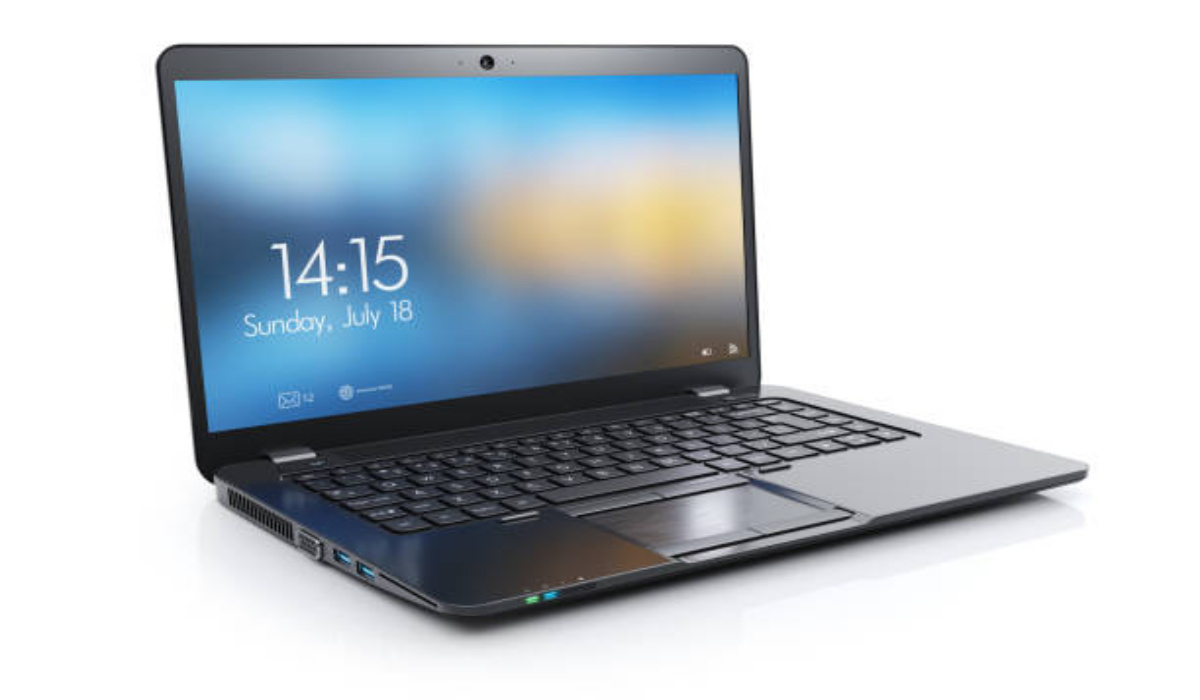When it comes to productivity, anything that lets you get a little hands off with tasks on your PC can be priceless. Thankfully, there’s a way to automate tasks on Windows 10 devices using a tool known as Task Scheduler. We’ve created this guide to show you how to automate tasks easily on your Windows 10 device using the Task Scheduler.

What is a Task Scheduler?
You can create and execute tasks automatically on Windows 10 devices by using the Task Scheduler application. The scheduler is typically used by the operating system and a few apps to automate maintenance procedures (such disk defragmentation, disk cleanup, and upgrades), but anybody can utilize it.
You can schedule the start of programs, the execution of commands, and the execution of scripts using this feature. You can also set tasks to be triggered when certain events happen.
How Do I Automate Tasks on My PC With the Task Scheduler?
You can automate tasks on Windows 10 PCs, using either basic or advanced settings. For the sake of simplicity, we’ll focus on getting this done using the basic settings in this guide. Use these steps to create a task in Windows 10 with basic settings:
- Launch Start.
- Click the first result from your search for Task Scheduler to launch the application.
- The “Task Scheduler Library” branch can be selected at this point by right-clicking it and choosing “New Folder.”
- Input a name for the folder in the text box, like “MyTasks.” (This step is optional, however it is advised so that you can keep your tasks distinct from system and app duties.)
- Click the OK option.
- Select the MyTasks folder by expanding the “Task Scheduler Library” branch.
- Pick Action from the menu.
- Choose “Create Basic Task” from the menu.
- Enter a brief, descriptive name for the operation in the “Name” section, such as “Notepad Launcher”. If you want, you can also make a descriptive caption for the task in the “Description” field. Then press the Next button.
- Click on the Monthly option. Note that when using Task Scheduler, you can choose from a variety of triggers, such as on a given date, at startup, or whenever you or a specific user signs in. You may need to adjust extra options based on your needs. Afterward, press the Next button.
- Set the time and date for the task to run using the “Start” settings (very important).
- For the months of the year during which you want to run the task, select them from the “Monthly” drop-down menu.
- To define the days that the job will execute, use the “Days” or “On” drop-down menu. Quick tip: If you want to run a task on a specific day of the week, using the “On” setting might be your best bet.
- Then press the Next button.
- To start an application, run a command, or run a script file, use the Start a program option.
- You can choose the Send an email or Display a message option, but these are deprecated features, meaning that Microsoft is no longer supporting them, so they may or may not function.
- Enter the application’s path in the “Program/script” field. Quick tip: Use the Browse button to locate the app if you don’t know its path.
- This is an optional step — you can provide arguments in the “Add arguments” area to run the task according to certain guidelines.
- Choose the folder where the program will launch by entering it in the “Start in” area (also optional). In most cases, you can keep this setting blank.
- Select Finish from the menu.
As soon as you finish the steps, Task Scheduler saves the task and sets it to automatically run at the appointed time. As you can see from the steps above, the process is pretty easy.
This next set of steps can be used to display, exit, or run the task whenever you want after you’ve created it using Task Scheduler:
- Launch Start.
- Click the top result after searching for “Task Scheduler” to access the experience.
- Branch out the Task Scheduler Library.
- Choose the folder containing your tasks.
- Right-click the job and choose Run from the menu to run it whenever you want.
- Right-click a task and choose the Properties menu to change it.
- Right-click a task and choose “Delete” from the menu that appears if you want to delete the task.
You may see a list of all of your tasks on this page, along with details like the triggers, the most recent run time, and the next run time. As an alternative, you may always choose the task and carry out operations like Run, End fast, Disable, and Edit the task using the Actions window on the right.
It’s a good idea to keep in mind that the same instructions in this guide apply to Windows 8.1, Windows 7, and earlier versions even though this guide focuses on Windows 10.
In summary, automating tasks using the Task Scheduler on your Windows PC is pretty easy. You just need to be equipped with the right instructions.
- Don’t miss our mobile phone reviews.
- Follow our news on Google News.
- Join our WhatsApp Group, to be notified of the most important articles and deals,
- Follow us on Instagram, Facebook, Twitter, and YouTube.